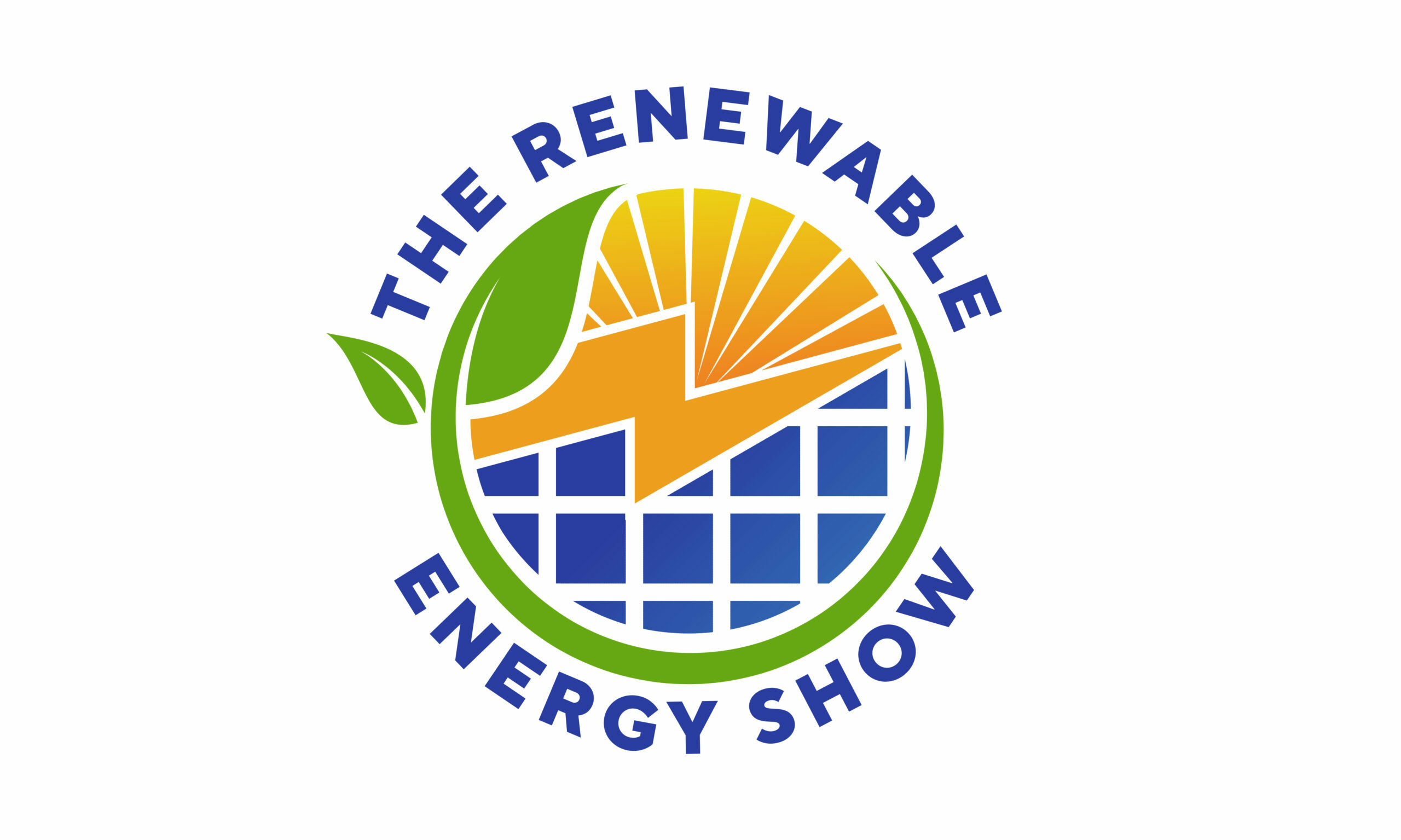Imagine a world where energy is no longer a finite resource, where cities float on water, and where the hum of cars has given way to the gentle lapping of waves. Welcome to the year 2050, where innovative technologies have harnessed the power of hydropower to create a carbon-free utopia. The year is marked by significant advancements in hydropower efficiency, allowing us to generate enough clean energy to power our homes, our industries, and our transportation systems.
In this future, the world has finally broken free from the shackles of fossil fuels, and the impact is palpable. The air is crisp and clean, the waters are pristine, and the once-threatened ecosystems have begun to flourish once more. The driving force behind this revolution is the sheer efficiency of hydropower, which has enabled us to tap into the boundless energy potential of rivers, oceans, and even the tides.
But how did we get here? The journey to this carbon-free future was not easy, and it required significant investments in research and development, infrastructure, and policy-making. At the heart of this journey was the quest for greater hydropower efficiency. For decades, scientists and engineers have been working tirelessly to improve the performance of hydropower plants, to reduce energy losses, and to maximize the output of these natural wonders.
So, what exactly are the drivers of hydropower efficiency, and how do they contribute to this vision of a carbon-free future? Let’s dive into the world of hydropower and explore the cutting-edge technologies that are making it all possible.
The Science Behind Hydropower Efficiency
Hydropower efficiency is all about optimizing the energy conversion process, from the initial flow of water to the final output of electricity. To achieve this, engineers use a range of techniques, including:
1. Turbine design: Advances in materials science and computational modeling have enabled the development of more efficient turbine designs, which can extract more energy from the water flow.
2. Pump storage systems: These systems allow excess energy to be stored in the form of compressed air or water, which can then be released to generate electricity when needed.
3. Run-of-river systems: These systems harness the energy of rivers without the need for dams, reducing environmental impact and increasing efficiency.
4. Smart grids: Advanced grid management systems enable real-time monitoring and control of energy distribution, minimizing energy losses and optimizing output.
The Business Case for Hydropower Efficiency
The business case for hydropower efficiency is strong. As the world transitions to a low-carbon economy, the demand for clean energy is growing exponentially. Hydropower efficiency enables developers to maximize their output, reduce costs, and generate higher returns on investment.
Moreover, the increasing demand for hydropower efficiency has created a thriving industry, with companies competing to develop innovative solutions. This has driven down costs, increased technological advancements, and created new job opportunities.
The Road Ahead
As we look to the future, the potential for hydropower efficiency is vast and exciting. Researchers are exploring new frontiers, such as:
1. Tidal power: Harnessing the energy of ocean tides to generate electricity.
2. Wave energy: Capturing the kinetic energy of ocean waves to power our homes and industries.
3. Advanced materials: Developing new materials with enhanced properties, such as superconductors, to improve energy transmission and storage.
In conclusion, the future of energy is bright, and hydropower efficiency will play a starring role in the transition to a carbon-free world. By harnessing the power of water, we can create a sustainable, equitable, and prosperous future for all.
